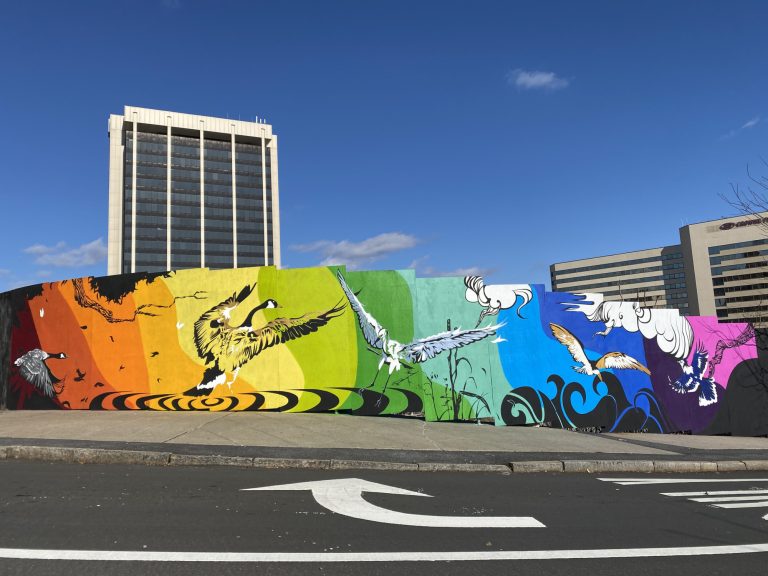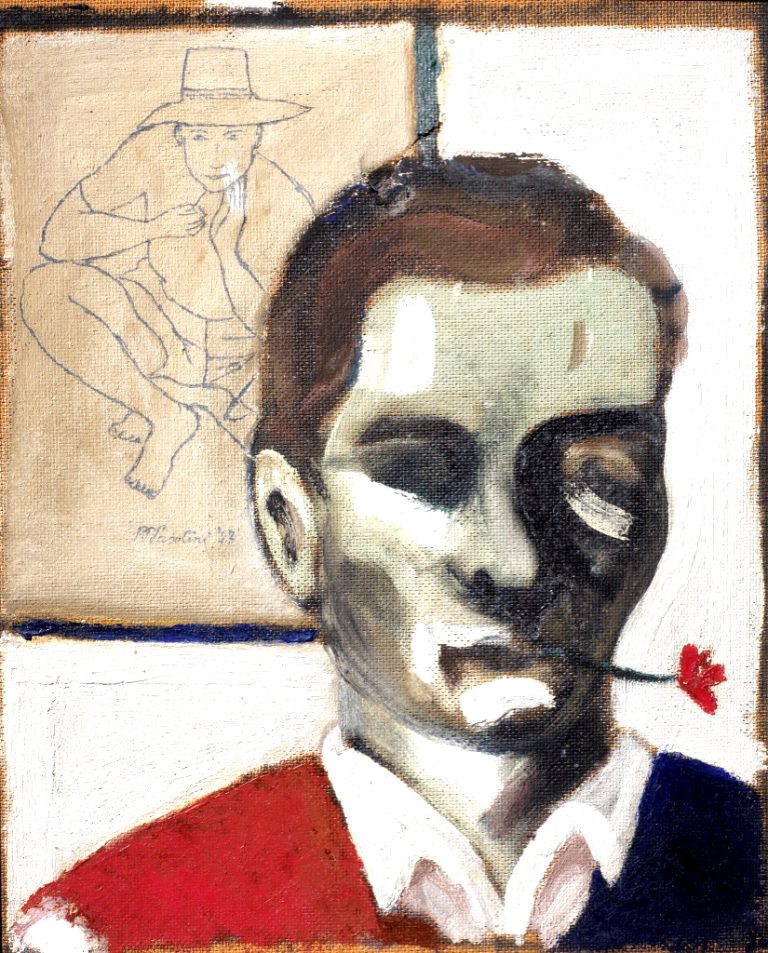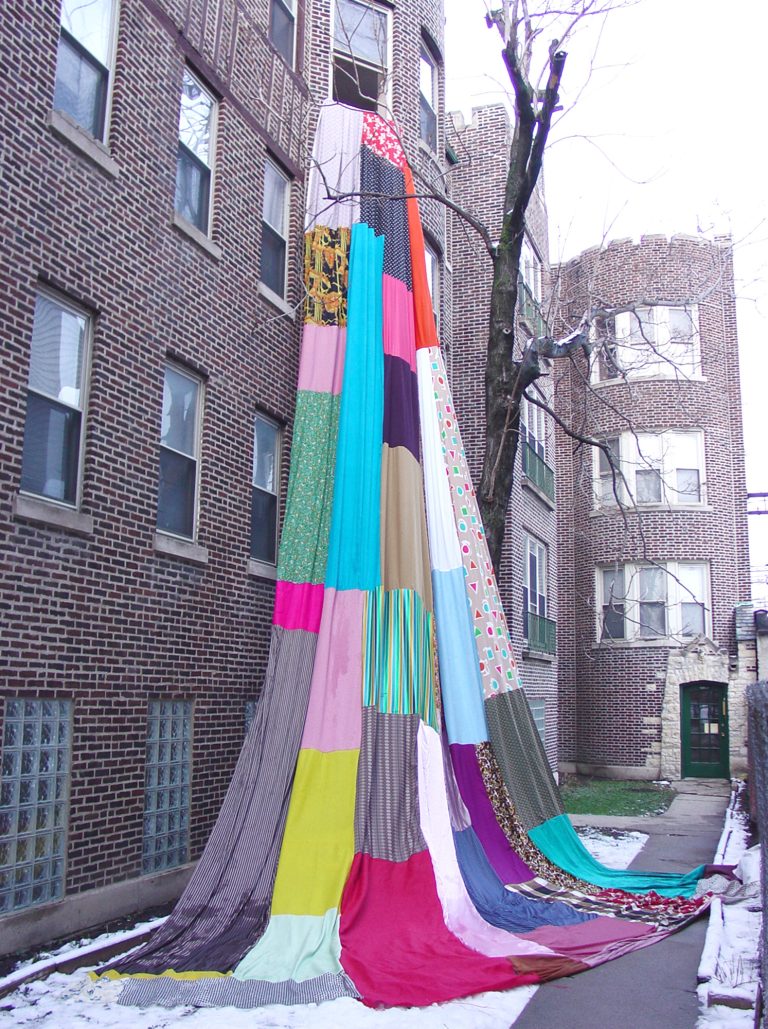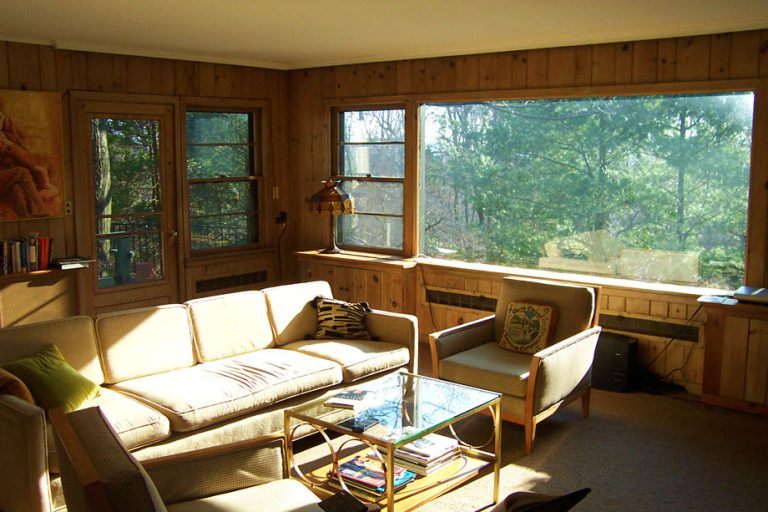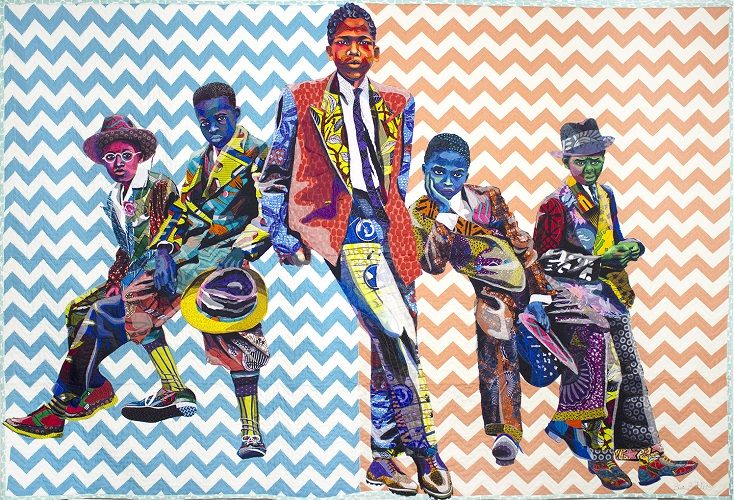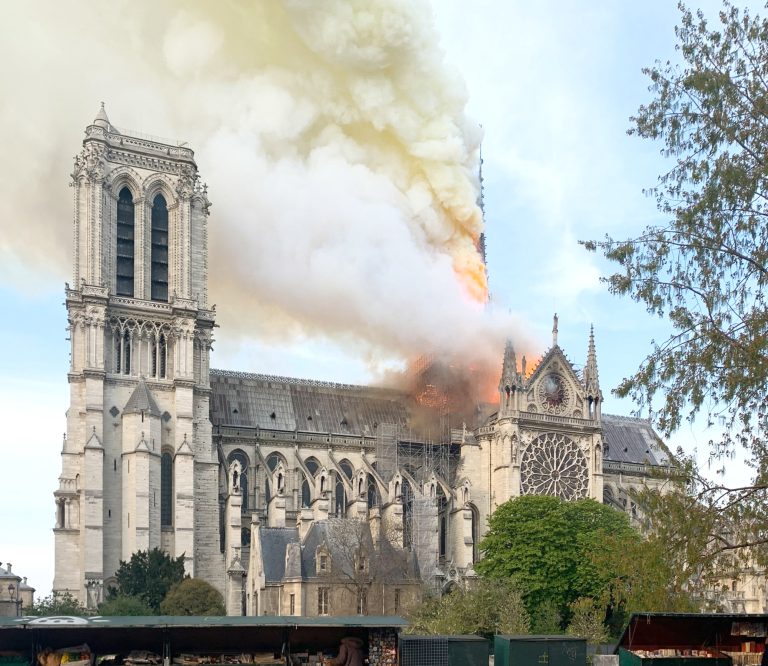Public Art: Gathering Momentum in Westchester
In Westchester, architect and developer Martin Ginsburg has been a leader in harnessing the arts for his development projects. In partnership with ArtsWestchester, Ginsburg Development Companies (GDC) has issued a call to artists for a major 25-foot high sculpture for his 50 Main Street project in White Plains, and he has pledged $120,000 as an artist’s commission. In this, Ginsburg is not alone. To the south, in the Fleetwood neighborhood of Mount Vernon, Alexander Development has pledged a $100,000 commission for a signature sculpture as a landmark feature for its 249 luxury rental development 42 Broad St. West. In New Rochelle, National Realty & Development Corporation has commissioned two large steel sculptures from British artist David Harber to adorn the waterfront of its new WaterMark Pointe development.


